Álvaro Somoza, PhD, Senior Researcher at IMDEA Nanociencia (Madrid, Spain)
Head of the Nanobiotechnology Group.
Álvaro Somoza, PhD, Senior Researcher at IMDEA Nanociencia (Madrid, Spain)
Head of the Nanobiotechnology Group
Head of the Nanobiotechnology Group
Biography
Álvaro Somoza is a Senior Researcher and Group Leader at IMDEA Nanociencia in Madrid, Spain, where he heads the Nanobiotechnology Group. His research focuses on nucleic-acid-based nanomedicine, particularly on developing nanoparticles for the delivery of microRNAs, antisense oligonucleotides, and aptamers for the treatment of cancer and Duchenne muscular dystrophy.
He holds a PhD in Organic Chemistry and carried out postdoctoral stays at Stanford University and the IRB Barcelona. Since joining IMDEA Nanociencia in 2009, he has led several translational nanomedicine projects combining gold, albumin, and magnetic nanoparticles with nucleic acid therapeutics. His projects, funded by national and European agencies (AEI, AECC, and H2020), bridge organic and nucleic acid chemistry, molecular biology, and materials science to develop new nanomedicines.
Beyond his research, Álvaro plays an active role in international networks, serving as Chair of the Gene Delivery & Gene Editing Focus Group of the Controlled Release Society (CRS) and as Associate Editor of Drug Delivery & Translational Research and the Journal of Controlled Release. His work combines curiosity-driven science with the conviction that the next breakthroughs in nanomedicine will emerge from simplicity, precision, and genuine collaboration.
He holds a PhD in Organic Chemistry and carried out postdoctoral stays at Stanford University and the IRB Barcelona. Since joining IMDEA Nanociencia in 2009, he has led several translational nanomedicine projects combining gold, albumin, and magnetic nanoparticles with nucleic acid therapeutics. His projects, funded by national and European agencies (AEI, AECC, and H2020), bridge organic and nucleic acid chemistry, molecular biology, and materials science to develop new nanomedicines.
Beyond his research, Álvaro plays an active role in international networks, serving as Chair of the Gene Delivery & Gene Editing Focus Group of the Controlled Release Society (CRS) and as Associate Editor of Drug Delivery & Translational Research and the Journal of Controlled Release. His work combines curiosity-driven science with the conviction that the next breakthroughs in nanomedicine will emerge from simplicity, precision, and genuine collaboration.
Interview
NanoSphere: Tell us a bit about yourself—your background, journey, and what led you to where you are today.
Alvaro: I started my scientific career working on the total synthesis of natural compounds, and after my PhD I decided to explore different areas where my skills could be applied. That led me to a postdoctoral stay at Stanford University with Prof. Eric Kool, where I learned about RNA interference and nucleic acid chemistry. Later, at the IRB Barcelona with Prof. Ramón Eritja, I deepened this expertise, and eventually I joined IMDEA Nanociencia, where I began combining my background in organic chemistry and nucleic acids with nanomaterials to develop new diagnostic and therapeutic systems. That’s how I transitioned toward nucleic-acid therapeutics and nanomedicine. Over time, I realized that the most exciting discoveries often happen at the interface of chemistry, biology, and nanomaterials. Today, my group develops nanoparticle-based systems capable of delivering microRNAs and other nucleic acids that modulate immune responses in melanoma or reactivate muscle regeneration in Duchenne muscular dystrophy. What keeps me motivated is seeing fundamental molecular ideas evolve into something that could one day help a patient.
Platforms like NanoSphere also foster cross-disciplinary learning, for instance, how computational modeling can guide nanoparticle design or how clinicians perceive delivery challenges from a therapeutic perspective. Bridging these worlds through open dialogue and real case studies is the best way to turn nanomedicine from a research promise into a clinical reality.
NanoSphere: You work at the intersection of modified oligonucleotides and nanoparticle delivery. In your view, which platform innovations are most likely to lead to breakthroughs in in vivo translation over the next 5 years?
Alvaro: I believe the next major leap will come from precision rather than complexity. Advances in oligonucleotide chemistry, particularly in backbone and sugar modifications, have greatly improved stability, potency, and safety. But these improvements only reach their full potential when combined with delivery systems that respond intelligently to the biological environment. For instance, stimuli-responsive nanoparticles that release nucleic acids specifically within target tissues or cells could significantly improve therapeutic selectivity. I also see great promise in aptamer-guided systems capable of recognizing immune checkpoints such as PD-L1 or PD-L2, integrating targeting, internalization, and immune activation into a single molecular architecture. The most impactful innovations in the coming years will likely arise from hybrid systems that merge these principles while remaining manufacturable and scalable.
NanoSphere: You’re a member of several international societies (e.g. European Society for Nanomedicine, IS3NA). What do you see as the role of these organizations in shaping translational success — beyond publishing and conferences?
Alvaro: Scientific societies play a crucial role that goes far beyond meetings and publications, they create trust networks. In this regard, translational research depends on collaboration across very different disciplines, and these organizations provide the common ground where chemists, clinicians, engineers, and regulatory experts can speak the same language. Within CRS, for example, our Focus Groups connect academia, startups, and pharma, helping young researchers not only publish strong papers but also design projects that can survive regulatory scrutiny, attract partners, and ultimately reach patients. In that sense, societies act as accelerators of translation, providing mentorship, visibility, and a realistic understanding of what it takes to move a nanomedicine into the clinic. That’s what I value most in these communities, especially within CRS.
Alvaro: Scientific societies play a crucial role that goes far beyond meetings and publications, they create trust networks. In this regard, translational research depends on collaboration across very different disciplines, and these organizations provide the common ground where chemists, clinicians, engineers, and regulatory experts can speak the same language. Within CRS, for example, our Focus Groups connect academia, startups, and pharma, helping young researchers not only publish strong papers but also design projects that can survive regulatory scrutiny, attract partners, and ultimately reach patients. In that sense, societies act as accelerators of translation, providing mentorship, visibility, and a realistic understanding of what it takes to move a nanomedicine into the clinic. That’s what I value most in these communities, especially within CRS.
NanoSphere: If there’s one key message or insight you’d like to share with readers about the future of nanomedicine, what would it be?
Alvaro: The future of nanomedicine won’t be defined by how “smart” our nanoparticles are, but by how simply and precisely they solve real medical problems. The next generation of therapies will come from designs that are robust, reproducible, and biologically meaningful, not from ornamental complexity. True innovation isn’t about adding more components; it’s about removing what’s unnecessary and focusing on what actually works in vivo. We must always keep in mind the future clinical translation of the therapeutics we develop in the lab.
Alvaro: The future of nanomedicine won’t be defined by how “smart” our nanoparticles are, but by how simply and precisely they solve real medical problems. The next generation of therapies will come from designs that are robust, reproducible, and biologically meaningful, not from ornamental complexity. True innovation isn’t about adding more components; it’s about removing what’s unnecessary and focusing on what actually works in vivo. We must always keep in mind the future clinical translation of the therapeutics we develop in the lab.
NanoSphere: Finally, how do you see communities like NanoSphere contributing to the field? What kind of knowledge exchange would be most impactful for researchers trying to cross the preclinical-to-clinical bridge?
Alvaro: Communities like NanoSphere are essential because they connect dots that often remain isolated. What we need most is open knowledge about what didn’t work, the experiments, formulations, and models that failed but taught us something valuable. Sharing these experiences can save others years of effort and help the field mature faster.
Platforms like NanoSphere also foster cross-disciplinary learning, for instance, how computational modeling can guide nanoparticle design or how clinicians perceive delivery challenges from a therapeutic perspective. Bridging these worlds through open dialogue and real case studies is the best way to turn nanomedicine from a research promise into a clinical reality.

